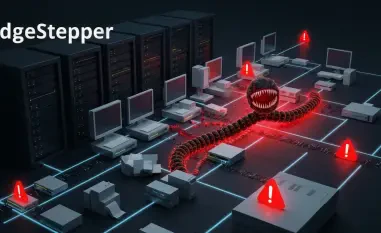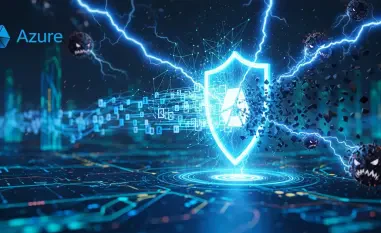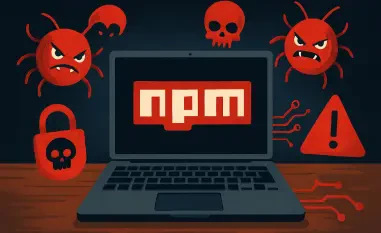In a shocking revelation, the Billbug group, linked to state entities, has unleashed a cyber-espionage campaign targeting Southeast Asia’s critical sectors. From August 2024, operations extended to key industries, including government, telecommunication, and air traffic control, until these sophisticated incursions were identified and publicized early in 2025. The campaign’s significance reverberates, highlighting vulnerabilities in global cybersecurity defenses and underscoring the persistent threat posed by state-backed cyber groups to essential infrastructure across the globe.
The Unfolding Campaign: Billbug’s Tactical Strikes in Southeast Asia
These cyber-espionage operations involved meticulous planning and execution by Billbug, also recognized under codenames such as Lotus Blossom and Bronze Elgin. The campaign’s geographic focus spanned multiple Southeast Asian countries, with a particular emphasis on government, construction, and news sectors. Billbug’s actions laid bare the potential threats to national security, disrupting integral networks and presenting a formidable challenge to cybersecurity frameworks worldwide. The global cybersecurity community is thus compelled to recognize and address these sophisticated maneuvers to safeguard future infrastructural security.
Evolutionary Warfare: Advanced Techniques and Adaptations
Billbug’s attack strategy demonstrated a clear evolution in techniques, marked by the development and deployment of novel tools like credential stealers and reverse SSH mechanisms. One innovative tactic involved the use of legitimate software from reputable vendors for DLL sideloading, effectively concealing malicious activities. This sophistication was further exemplified by leveraging tools like ChromeKatz and a new Sagerunex backdoor to achieve network persistence and extensive credential theft. Through these strategic approaches, Billbug displayed a heightened ability to conduct persistent, undetected operations against highly secure targets.
Illuminating Insights: Expert Analysis and Countermeasures
Insights from cybersecurity specialists have been instrumental in deconstructing Billbug’s methodologies. Experts highlighted the group’s prowess in spear-phishing and exploitation of digital certificates, underscoring a pattern of relentless consistency and sophistication. Innovations from this campaign also pointed to emerging defensive technologies unveiled in response. The cybersecurity community gathered to share knowledge, explore countermeasures, and fortify existing security frameworks, collectively gaining insights aimed at thwarting similar attacks.
Strategic Dialogues: Collaborative Defense and Technological Advancements
Sector-specific dialogues delved into pressing security challenges and vulnerabilities exposed by state-sponsored cyber threats. Experts advocated for collaborative frameworks to enhance organizational resilience, advocating for proactive measures and coordinated responses across sectors. Workshops and live demonstrations facilitated tangible understanding of defensive strategies, enabling stakeholders to experience firsthand the magnitude of potential attacks while appreciating the technological innovations positioned as future safeguards.
Path Forward: Long-term Consequences and Security Enhancements
Reflecting on Billbug’s audacious campaign educates stakeholders on the enduring threats posed by state-linked groups. It has precipitated vital discourse on potential future trends, with experts anticipating a continuous increase in targeted cyber threats. The campaign has catalyzed the re-evaluation of protective measures, driving innovation in cybersecurity products and influencing defense strategies worldwide. Moving forward, these insights demand an adaptive, resilient stance to secure critical infrastructures and defend against the escalating sophistication of cyber adversaries.
Conclusion: Navigating a New Landscape of Cybersecurity
The exposure of Billbug’s espionage campaign marked a critical moment, reshaping global perceptions of cyber warfare. The 2024 to 2025 campaign forced profound shifts in organizational priorities toward more robust cybersecurity defenses. As the situation has unfolded, considerable progress in preventative technologies, strategic partnerships, and collaborative efforts emerged as pivotal in confronting future cyber threats. Stakeholders are urged to remain vigilant, continuously advancing security postures to quell the ever-evolving landscape of cyber-espionage, thereby maintaining the integrity of essential sectors worldwide.













